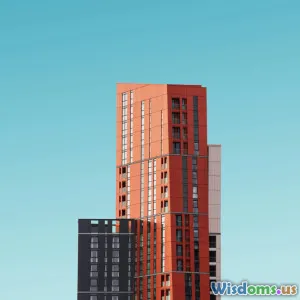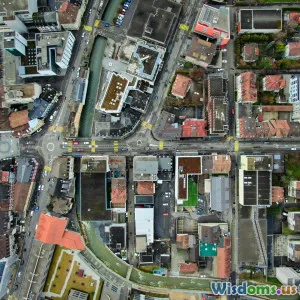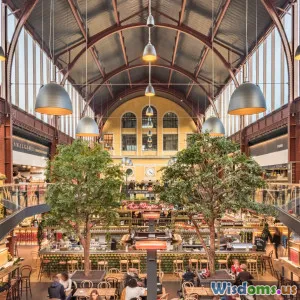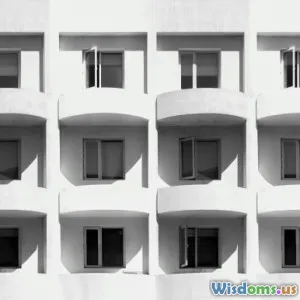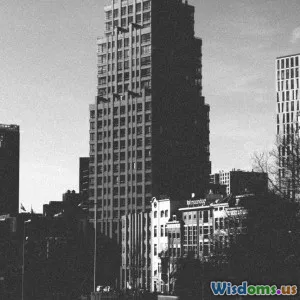
Comparing Skyscrapers Past and Present Architectural Marvels
15 min read Explore how skyscraper design has evolved from historic to modern marvels, analyzing technology, materials, and cultural impact. (0 Reviews)
Comparing Skyscrapers: Past and Present Architectural Marvels
The skyline of every modern metropolis tells a story—a tale of ambition, technology, and design ingenuity. Skyscrapers, once symbols of progress at the beginning of the 20th century, have evolved from their masonry stone beginnings to gravity-defying, glass-wrapped towers that dominate 21st-century skylines. But what truly sets apart the earliest high-rises from today's gargantuan structures? Let’s delve into the ingenious solutions, challenges, and inspirations that link—or contrast—these architectural marvels across ages.
The Origins of Skyscrapers: Ambition Meets Innovation

The late 19th century marked the dawn of the skyscraper. As cities like Chicago and New York swelled with surging populations, vertical growth became an inevitability. Early skyscrapers were constrained not just by technology, but also by social norms and municipal regulations.
The Home Insurance Building in Chicago, often cited as the first skyscraper, soared to a modest 10 stories upon its 1885 completion. Its revolutionary steel frame made this leap possible, replacing heavy masonry walls and allowing for greater heights without overly thick bases. More importantly, it was an answer to land scarcity and rising urban demand—an architectural manifestation of American optimism.
Structural Innovations
Steel-frame construction was only the beginning. Architects like Louis Sullivan—dubbed the "father of skyscrapers"—developed distinctive vertical aesthetics, emphasizing elegant facades that highlighted the upward thrust of these new giants. Further advancements, such as the use of elevators (pioneered by Elisha Otis’s safety elevator in the 1850s), drastically expanded function and form.
Examples:
- The Flatiron Building (New York, 1902): Famously triangular, its steel skeleton facilitated its idiosyncratic shape on a quirky plot at Fifth Avenue and Broadway.
- The Woolworth Building (New York, 1913): Once the world’s tallest, its neo-Gothic flourishes hid a starkly modern superstructure, symbolizing commerce and aspiration.
Golden Age Grandeur: Art Deco and Urban Identity
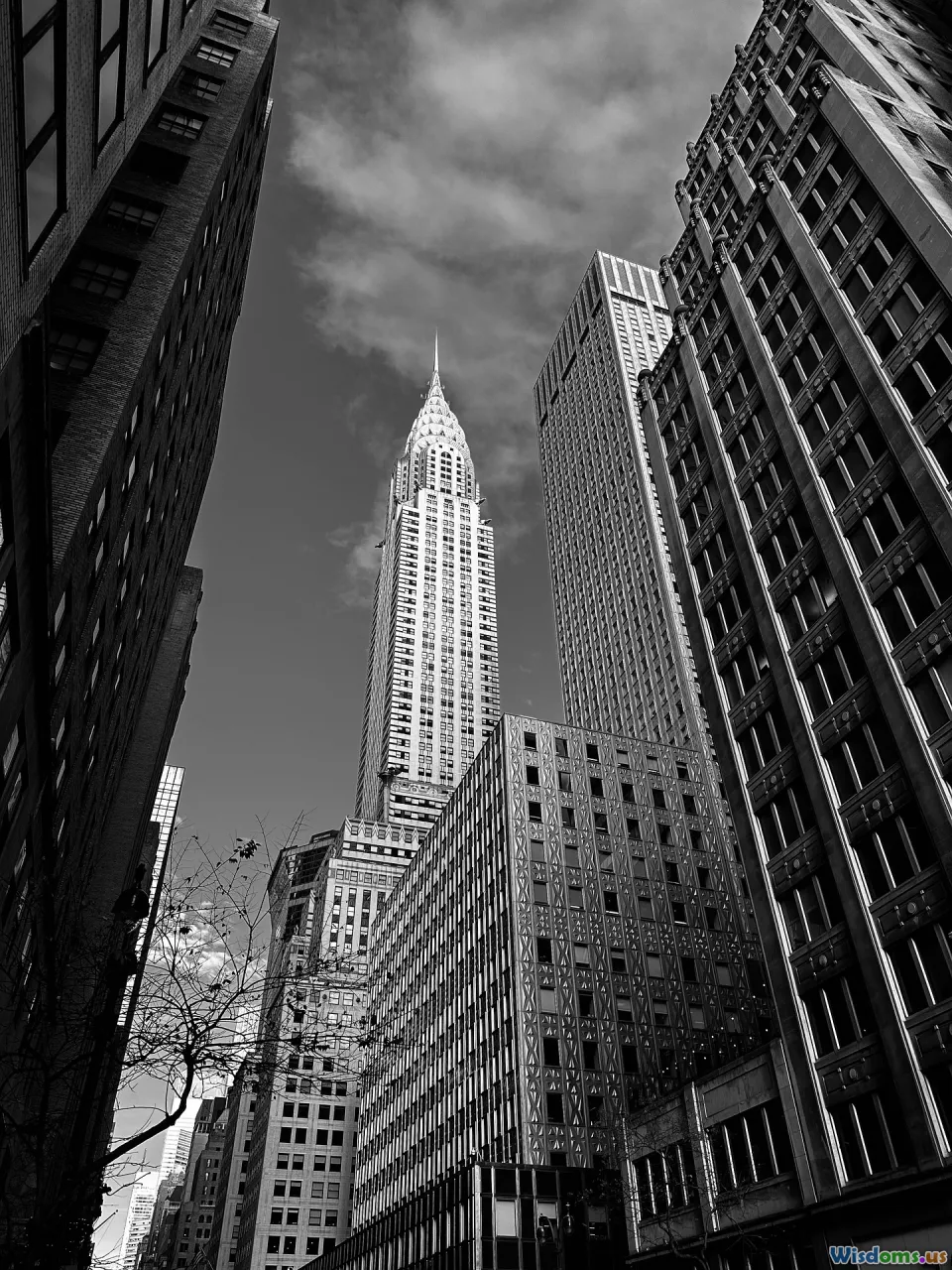
The 1920s and 1930s witnessed skyscrapers as an urban identity statement. During this Golden Age, not only did buildings reach higher, but their sumptuous facades and lit spires became cultural icons.
Signature Styles and Cultural Influence
Art Deco dominated this era, marrying cutting-edge engineering with ornamental excess. The result? Skyscrapers signified technological prowess and economic might. The race to break records—often referred to as “the race for the sky”—led to decorative giants like the Empire State Building and Chrysler Building. A sense of civic pride imbued these projects, reflective not only in architecture but in the fierce competition between rival developers.
Examples:
- Empire State Building (New York, 1931): Reaching 1,454 feet with its antenna, it claimed the title of world's tallest for nearly 40 years. Its striking silhouette remains globally recognized.
- Chrysler Building (New York, 1930): Art Deco at its apex, it sported an unforgettable crown of stainless-steel arches and eagles—echoes of New York’s automotive industry.
These marvels served not just as offices, but as lasting landmarks—concise, powerful icons of urban imagination.
The International Style and Glass Revolution
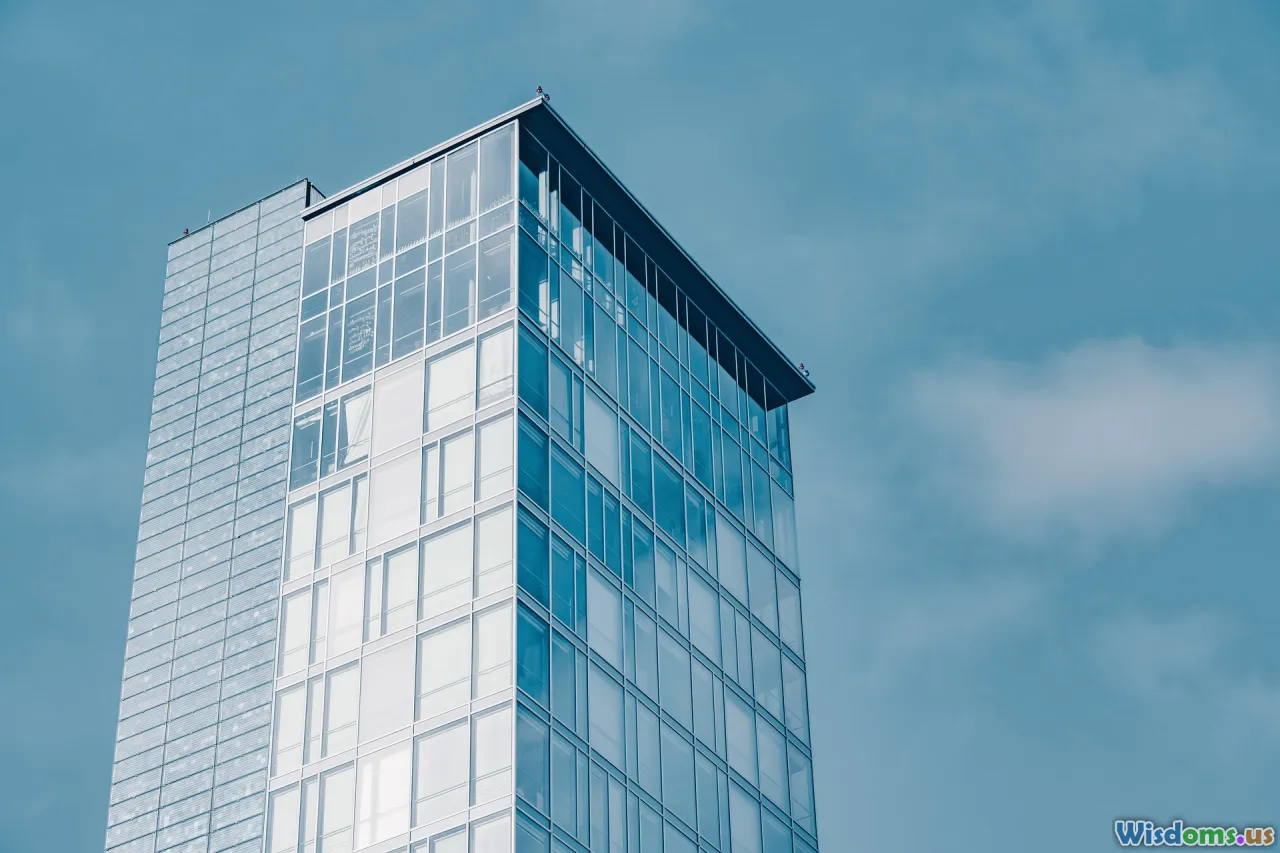
World War II changed more than the geopolitical landscape; it also upended approaches to design and construction. By the mid-20th century, ornate facades gave way to sleek minimalism as International Style took hold.
A New Aesthetic
Prominent architects like Ludwig Mies van der Rohe promoted "less is more,” leading to simplistic, functional towers wrapped in glass curtain walls. Advances in air conditioning, artificial lighting, and reinforced concrete allowed for more creative layouts and less reliance on natural ventilation or light.
Examples:
- Seagram Building (New York, 1958): Designed by Mies van der Rohe and Philip Johnson, this was a paragon of the International Style. Its tinted windows and exposed steel frame became global blueprints.
- John Hancock Center (Chicago, 1969): Pioneering the X-braced tube, its structure maximized usable space and pioneered mixed-use skyscraper design.
The Impact on Urban Fabric
This era introduced new urban configurations—a continuous interplay of private and public space, with lobbies and plazas now integral to city life. These buildings became less about unique personality, more about neutrality, imparting a corporate identity on the urban skyline.
Tomorrow’s Towers: Modern Marvels and Super-Tall Structures

The 21st century ushered in the age of the "supertall." Breaking boundaries has become the standard, and the world’s tallest structures now loom over a kilometer into the sky.
Globalization and Bolder Engineering
Technological advancements—like high-strength concrete, tuned mass dampers, and computer-aided design—enable towers to rise taller than ever, even in extreme climates or seismic zones. Sustainability is no longer an afterthought, but a requirement, with double-skin façades, wind turbines, and vertical gardens now mainstream.
Examples:
- Burj Khalifa (Dubai, 2010): Standing at 828 meters (2,717 ft), it dwarfs predecessors. Designed by Adrian Smith (then at SOM), its buttressed core and spiraling "Y" shape reduce wind forces and maximize floor area, epitomizing modern engineering’s triumphs.
- Shanghai Tower (Shanghai, 2015): With 128 floors and a unique twisting design, this building’s inner and outer skins create a natural ventilation system, reducing energy consumption by 21%.
- Kingdom Tower (Jeddah, under construction): Aiming for over a kilometer in height, this tower pushes both engineering and economic boundaries, in a region eager for iconic status.
New Materials and Construction Techniques
From carbon-neutral designs to 3D-printed facades, innovation defines contemporary skyscraper creation. Computer simulations—for wind, structural load, or even pedestrian flows—enable forms emerged from function and context.
Design for People: Evolving Functions and Public Spaces
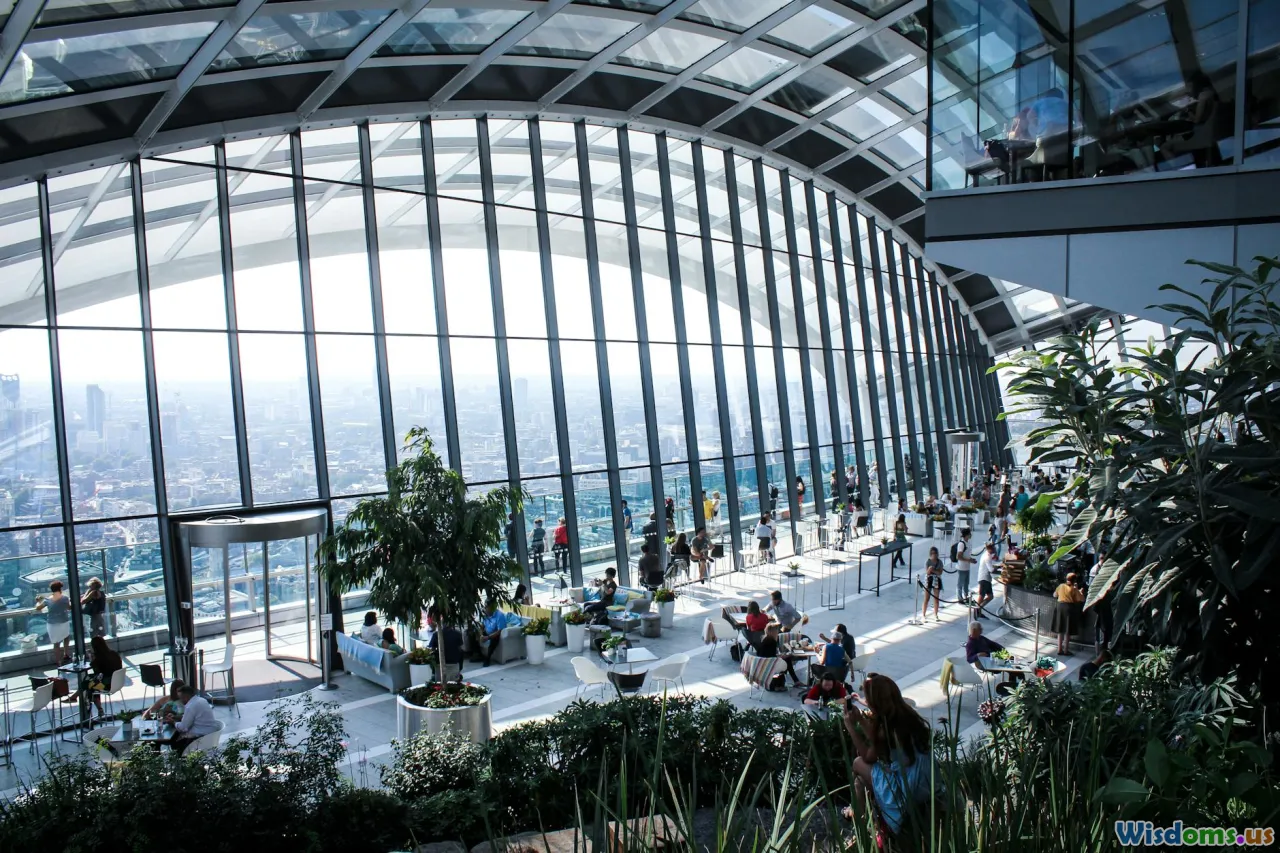
While early skyscrapers were mostly offices, today’s towers embrace a “city within a city” mentality. Skyscrapers house hotels, apartments, shopping, green spaces, and public amenities, catering to an ever-demanding urban population.
Mixed-Use and Community Integration
Contemporary skyscrapers are porous rather than fortress-like. Developers and architects strive to foster vibrant street life through podiums filled with shops, lobbies that double as galleries, and roof gardens accessible to all.
Examples:
- Marina Bay Sands (Singapore): Boasting three towers bridged by an expansive SkyPark, it integrates casino, hotel, retail, and entertainment—capping it all with a spectacular infinity pool offering panoramic city views.
- The Shard (London, 2012): Designed by Renzo Piano, it seamlessly intertwines residences, offices, restaurants, and the UK’s highest observation deck.
This human-centered approach reflects changing urban values—a shift from mere economics to lifestyle and well-being.
Sustainability: Green Skyscrapers for a Warming World
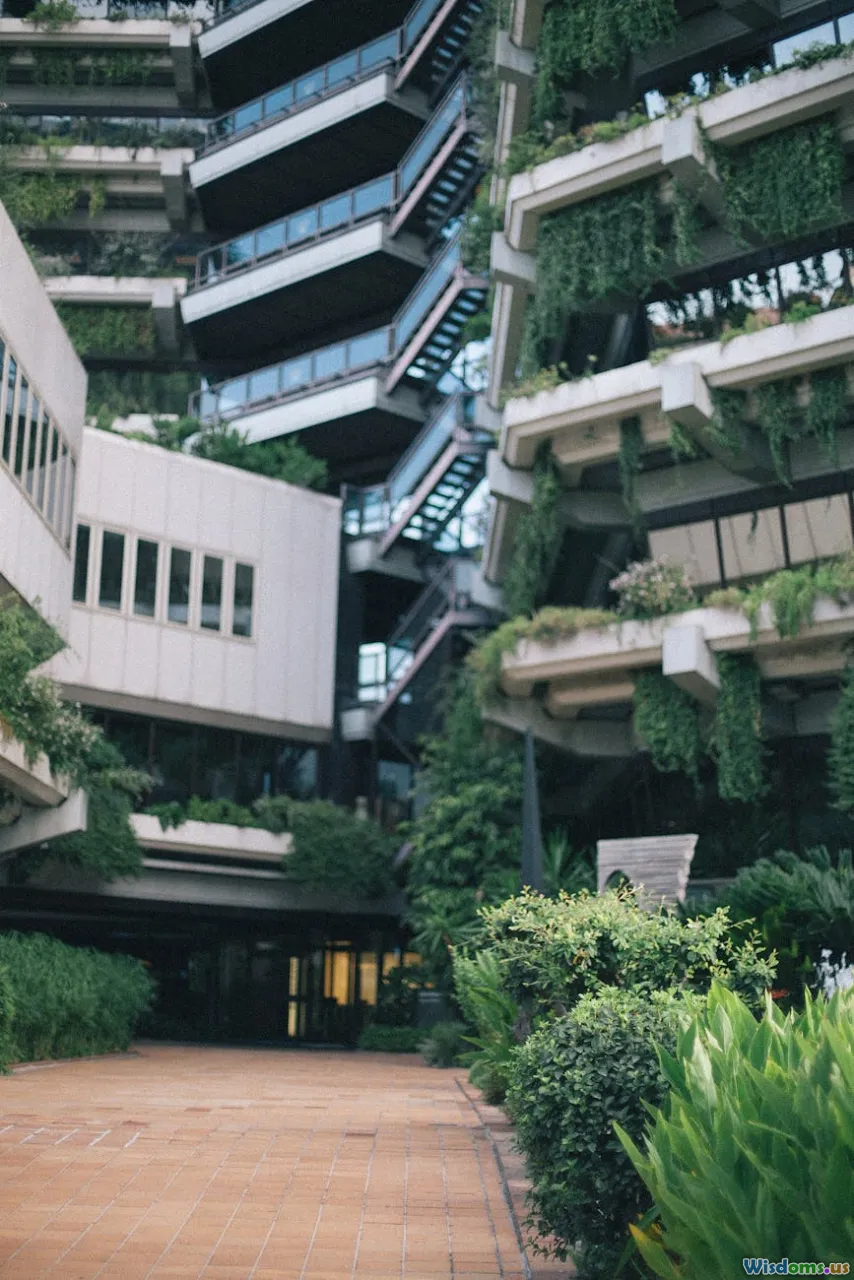
Architecture increasingly answers calls for climate consciousness. Skyscrapers are now at the frontlines of urban sustainability, transforming from energy guzzlers into eco warriors.
Energy and Environmental Innovations
Sustainability factors in at every step—from material selection to waste management. Photovoltaic panels, rainwater harvesting, double-skin facades that modulate heat gain, and wind-resistant aerodynamic forms are common.
Examples:
- Pearl River Tower (Guangzhou, 2011): Its curved exterior funnels wind through turbines built into the structure, generating electricity onsite.
- Bank of America Tower (New York, 2009): With floor-to-ceiling low-emissivity glass and a co-generation plant, it set a benchmark for eco-friendly skyscraper construction in the US.
- Bosco Verticale (Milan, 2014): This "Vertical Forest" integrates 900 trees on two residential towers as urban rewilding.
Certifications and Benchmarks
The rise of LEED (Leadership in Energy and Environmental Design) and BREEAM certifications standardizes sustainability efforts, encouraging innovation while holding builders accountable to environmental targets.
Resilience and Safety: Icons in the Face of Challenges

Even as designers envision ever-taller towers, the stakes—structural, human, environmental—are higher. Earthquakes, high winds, fires, and even cyberthreats demand rigorous safety features embedded at every level.
Advances in Robust Design
Earthquake-prone regions utilize base isolation pads and flexible joints. High wind zones see skyscrapers designed with tuned mass dampers—massive counterweights that sway in opposition to gusts, calming the trembling felt at the top. Modern fire codes require zoned stairways (sometimes "refuge floors") and pressurized escape routes. Cybersecurity measures now protect elevators, HVAC, and building management systems from digital threats.
Notable Features:
- Taipei 101 (Taipei, 2004): Its 660-ton tuned mass damper keeps the 508-meter tower stable during typhoons and seismic activity, on public display for visitors.
- One World Trade Center (New York, 2014): Engineered to resist catastrophic impacts, with a fortified concrete core, chemical and biological filtration in HVAC, and heavy redundancy in communications.
Careful design and planning ensure today’s towers are not only inspirational visually, but essential for safe urban living.
Comparing Past and Present: Lessons and Lasting Influence
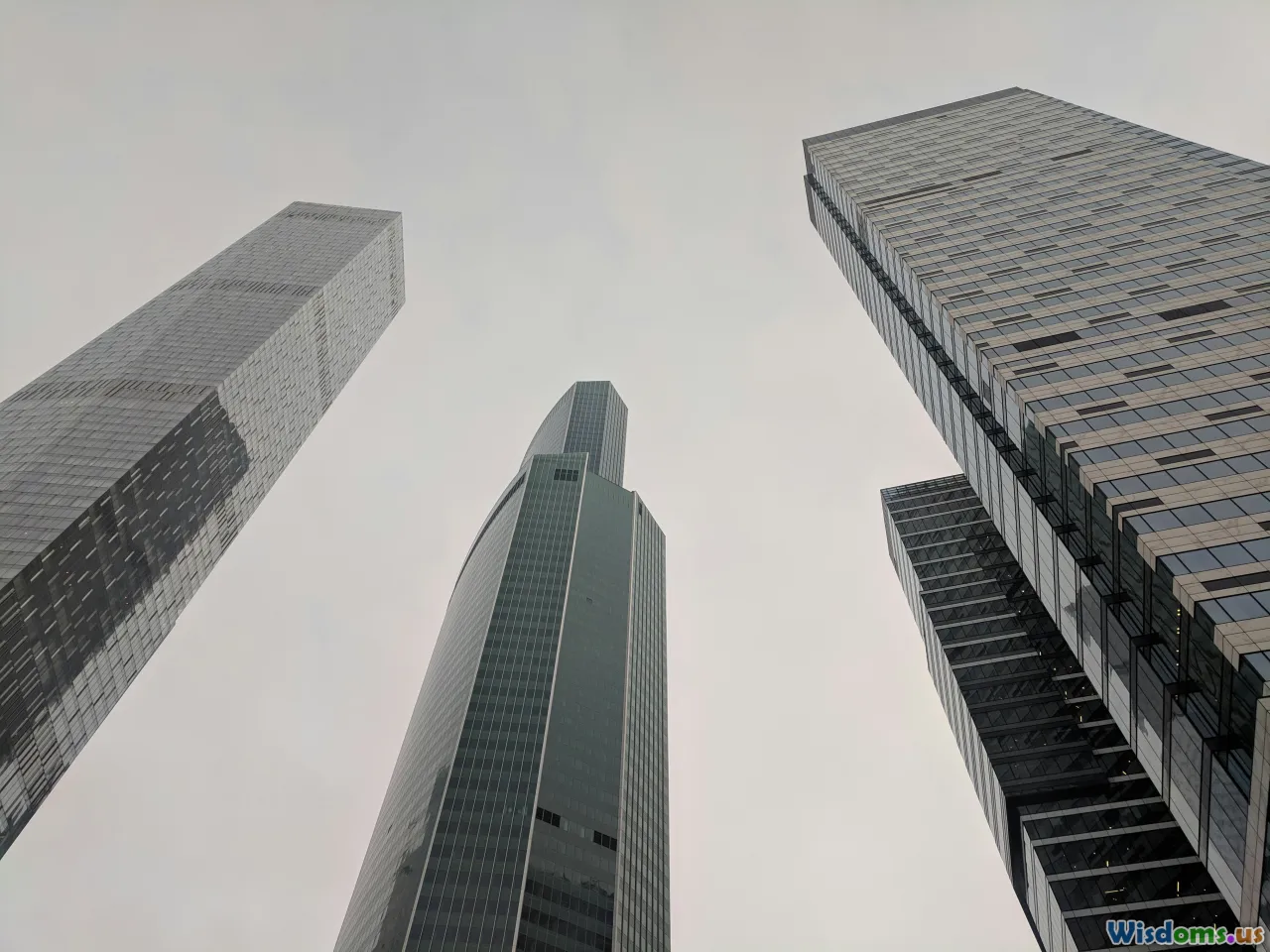
While rooted in the same desire to reach skyward, past and present skyscrapers were built for vastly different socio-economic climates and purpose. The relentless pursuit of height is tempered today by context: environmental impact, locality, and long-term resilience.
Contrasts and Continuities
- Materials: Past skyscrapers stood on the shoulders of masonry, then steel; now, carbon fiber composites and intelligent glazing further reduce weight and energy use.
- Function: Early towers often prioritized single uses; modern versions integrate many, fostering dynamic communities.
- Form: Decorative flourishes have given way to a new kind of beauty—one balancing luxury, livability, and efficiency.
- Skyline Impact: Where once a singular skyscraper defined a city, now it’s the totality of the skyline—each new tower contributing to a richer, more complex urban identity.
Ever-Evolving Inspiration
Landmarks like the Empire State and Burj Khalifa each responded to their eras’ most urgent aspirations and anxieties. From early 20th-century optimism fueling steel cathedrals to a 21st-century world indebted to digital design and sustainability, skyscrapers remain beacons of what is possible. Their ongoing evolution promises that the next chapter—whether zero-carbon timber towers, kinetic facades, or AI-designed forms—will continue to inspire and challenge assumptions about how cities grow upward.
The interplay between past achievements and present innovations ensures that the story of the skyscraper is one of continuous reinvention. As cities seek novel ways to balance bold ambition, efficiency, and humanity, the skyline becomes not just a thing to behold, but a benchmark for creative solutions to the world’s greatest urban challenges.
Rate the Post
User Reviews
Popular Posts













